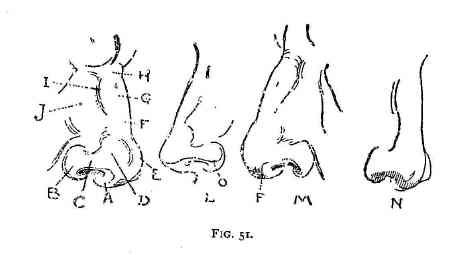A requirement in learning O-level Biology is that candidates should be able to describe the gross structure of the eye. In the paragraphs that follow, I shall attempt to do precisely that.
The eye is a gross and slimy, albeit useful, receptor organ in man which plays a significant part in co-ordination and response.
It is enclosed by the eye socket, which looks weird without an eye, and the eye is attached to the socket by six stubby rectus muscles, which can also roll the eye around maniacally (so really, if you have a glass eye, don't pretend like it can move, because it ain't got no rectus muscles).
The rectus musles are attached to the sclera of the eye, which is the thing that keeps all the eye-goo in place. The sclera is tough, yellowish, fibrous and a little bit slimy to the touch, and the exposed part of the sclera (the part which you can see, and which people commonly call the whites of your eyes) is covered by a thin membrane, the conjunctiva, which looks a little like a GATSBY oil absorber stretched too tightly over a finger, only it's transparent and continuous with your eyelids.
There's a little bulge where the lens of your eye is, and it is highlysquishable, thanks to the aqueous humour which fills it - like a water balloon just waiting to be popped. It's where the sclera becomes the cornea, and also becomes transparent, allowing light to shine through to the retina at the back of the eye. That's also where the iris is, and the iris is what gives your eye its color. The iris is an extension of the choroid.
The choroid is the grossest part of the eye and is the second layer after the sclera. It's pigmented black, to prevent total internal reflection, and black fluidoozes out when you dissect it. It also contains a network of blood capillaries. Also connected to the choroid are the ciliary muscles and suspensory ligamets. The muscles are pretty firm and elastic, to allow the eye to focus on both near and distant objects. The suspensory ligaments, on the other hand, areteensy little buggers which probably look a lot like dental floss with plenty of plaque.
The lens may be the best bit yet. It's hard, a little squoogy, and supposedly a little stretchy as well. It can become more or less convex, depending on whether the object viewed is near or far.
Just behind the lens is what makes up the bulk of the eye - the vitreous humour (which I hear is not as funny as the aqueous humour, and decidely more morbid. It's jelly-like, and clear. Altogether disgusting, really.
Behind that, which is incidentally, the third layer of the eye, is the retina. It consists of photoreceptors called rods and cones, and if I had to hazard a guess, it's probably pretty rough, like goosebumps. I believe it's kind of shiny, like an oil spill on the sea. The retina is also connected to the optic nerve at the blind spot - smooth going there, I bet, with no photoreceptors to speak of. You can see it if you pluck out someone's eye. It's that strand still connected to the head, I think.
Q.E.D. the eye is pretty darn gross.
